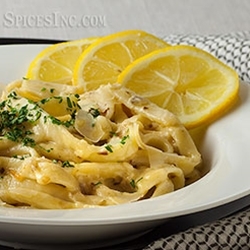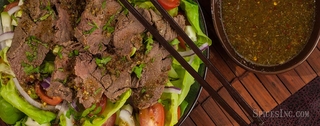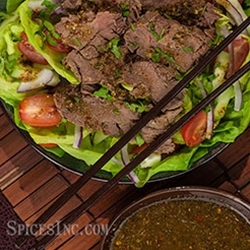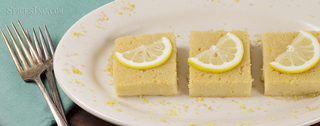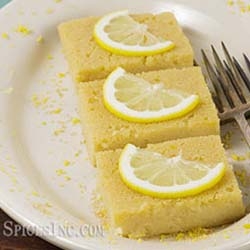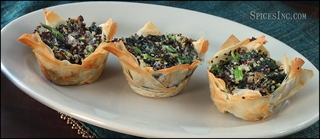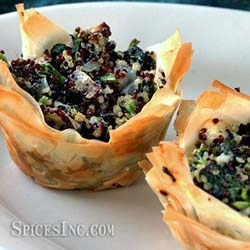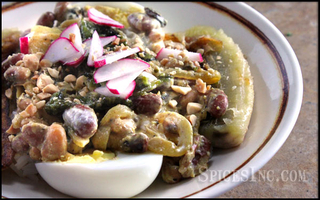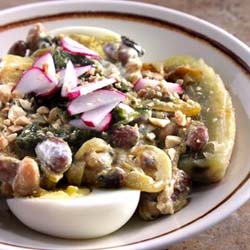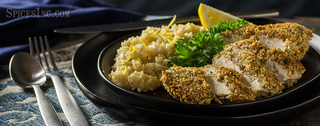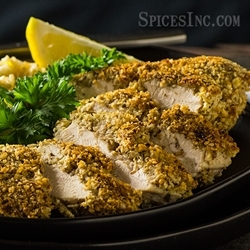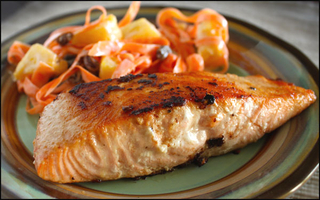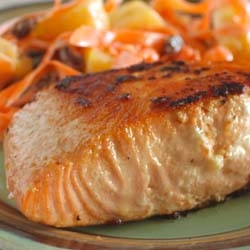Dried Lemon Peel
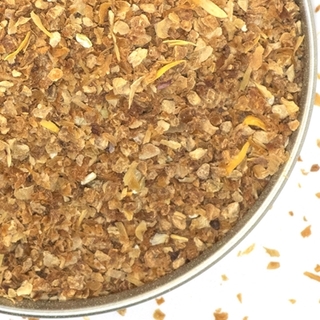
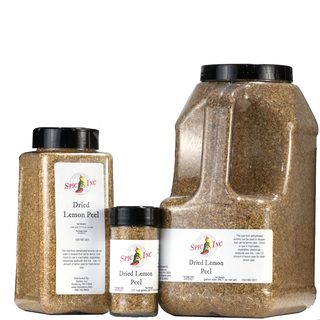


Dried Lemon Peel
Lemon Peel, Citrus limon, is also called lemon zest seasoning, lemon peel, or dried lemon zest.
Dried Lemon Peel has an essential oil content of between 1.5% - 2.5%.
Dried Lemon Peel is made from the outer lemon peel, with most of the white part of the rind, called the pith (which may contain up to 2.5% pith), being avoided. The pith gives a bitter flavor, while the zest contains the highest oil content and the most pleasing flavor, which is why it is so popular with our brewers, craft distillers, and commercial bakers.
Flavor Profile
A tart, puckery citrus tang.
How to Use
Lemon Zest is a popular ingredient for brewers, craft distillers, and makers of tea blends.
Dried lemon zest is a great way to add fruit flavor to sweet and savory food.
Dried citrus zests, whether we're talking orange, lime, grapefruit, or lemon, are not a pour out of the bag replacement for a freshly zested piece of citrus. When used properly, you can bring the volatile and aromatic oils in the fruit’s skin back to life and elevate numerous recipes. When combined with a bit of liquid, you'll instantly recognize the floral and tangy aroma of lemon and the sophisticated bitter flavor this fruit is known for.
Use Dried Lemon Peel in fresh berry fillings, candy, creamy frostings, custards, dried fruit compotes, jams, marmalades, marinades, salad dressings, seasoning blends, and teas. Sprinkle over chicken, fish, and grilled or roasted vegetables. It also adds a bit of zestiness to a stir fry or sautéed vegetables.
Several of our Micro Brewers use the dried lemon peel in their Belgian ales, Summer ales, and wheat beers.
One of our favorite savory recipes using Dried Lemon Peel is Quinoa Feta Phyllo Cups.
Dried Lemon Zest pairs well with basil, cardamom, cilantro, coriander, ginger, lemongrass, nutmeg, tarragon, and thyme.
To rehydrate, add three parts water to one part peel and let stand for about 15 minutes. Drain off the water, and you’re good to add to your recipe. To get even more flavor during rehydration, replace some water with real lemon juice.
Substitutions
Dried Lemon Peel is much more potent than fresh lemon zest, so you only need 1/3 of the amount of dried peel when fresh zest is called for in a recipe.
| Ingredients | Lemon Peel |
| Also Called | Lemon zest seasoning, lemon peel, or dried lemon zest |
| Recommended Uses | Vermouths, Belgian ales, Summer ales, wheat beers, creamy frostings, custards, dried fruit compotes, jams, marmalades, marinades, salad dressings, seasoning blends, and tea blends |
| Flavor Profile | A tart, puckery citrus tang |
| Oil Content | 1.5% - 2.5% |
| Botanical Name | Citrus limon |
| Cuisine | African, Asian, Caribbean, Indian, Mediterranean, and Middle Eastern |
| How To Store | Airtight container in a cool, dark place |
| Shelf Life | 1-2 years |
| Country of Origin | USA |
Nutrition Facts
Serving Size1 tsp
Amount Per Serving
Calories8
% Daily Value*
Total Fat0g0%
Saturated Fat0g0%
Trans Fat0g
Polyunsaturated Fat0g
Monounsaturated Fat0g
Cholesterol0mg0%
Sodium0.7mg0%
Total Carbohydrate1.8g1%
Dietary Fiber1.4g6%
Total Sugars0.0g
Added Sugars0g0%
Sugar Alcohol0.0g
Protein0.2g0%
Vitamin D0mcg0%
Calcium16mg1%
Iron0mg0%
Potassium24mg1%
*The % Daily Value (DV) tells you how much a nutrient in a serving of food contributes to a daily diet. 2,000 calories a day is used for general nutrition advice. These values were calculated and therefore are approximate. For more accuracy, testing is advised.


